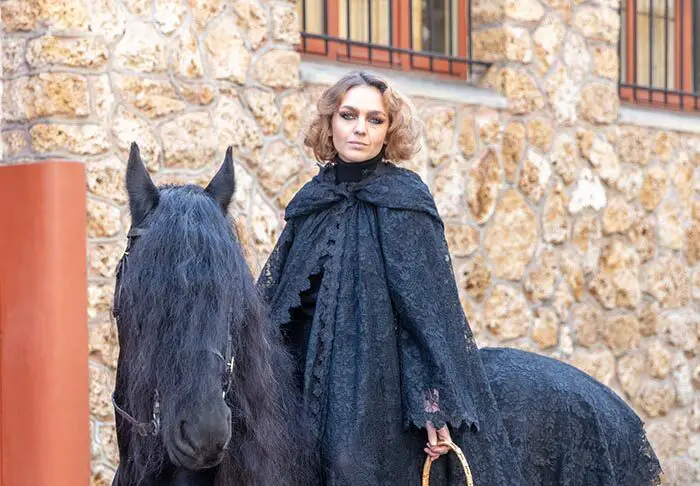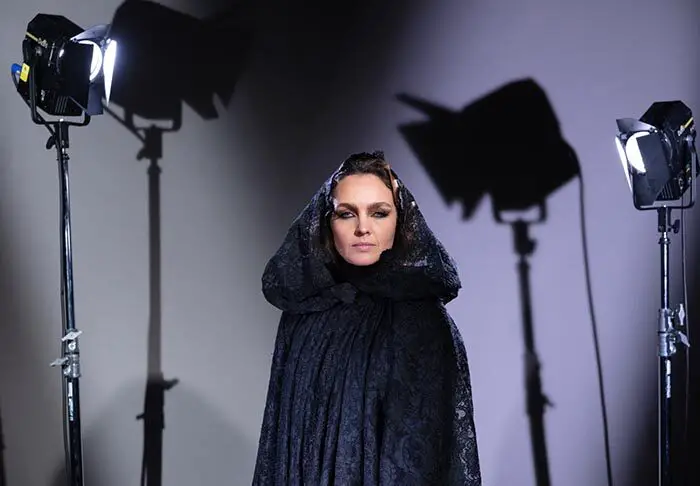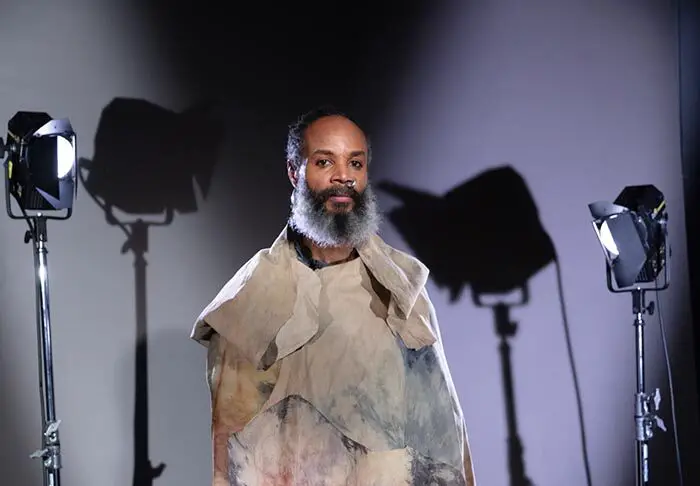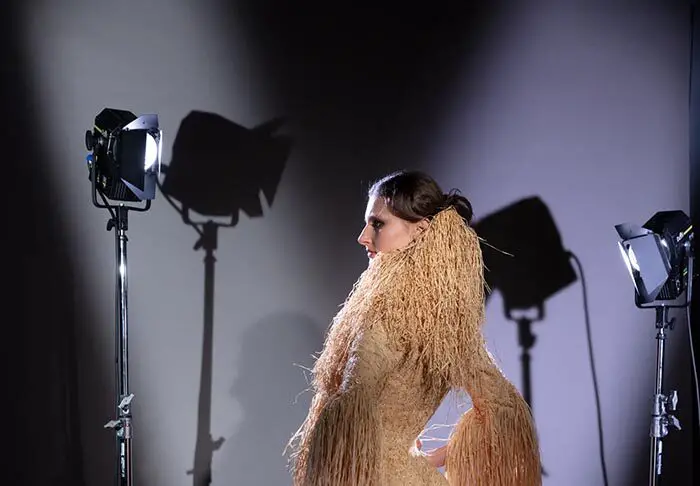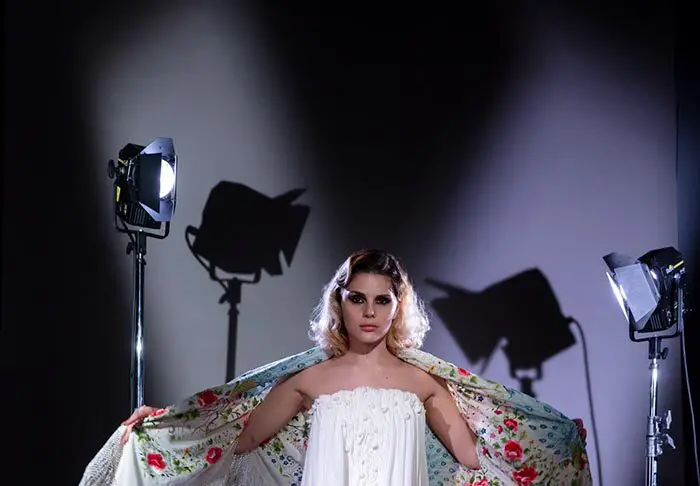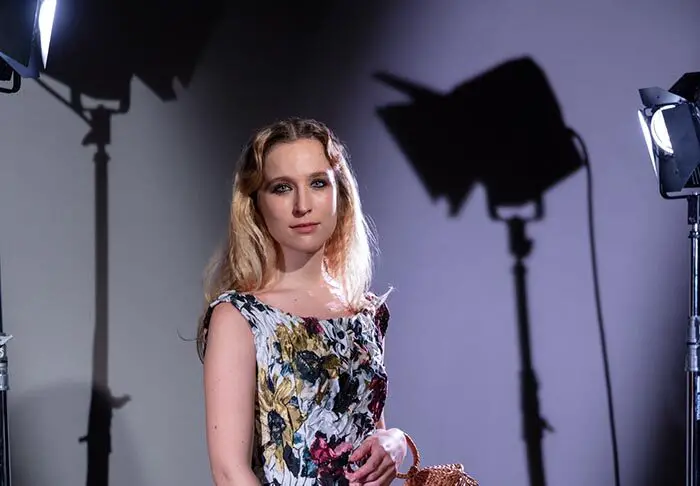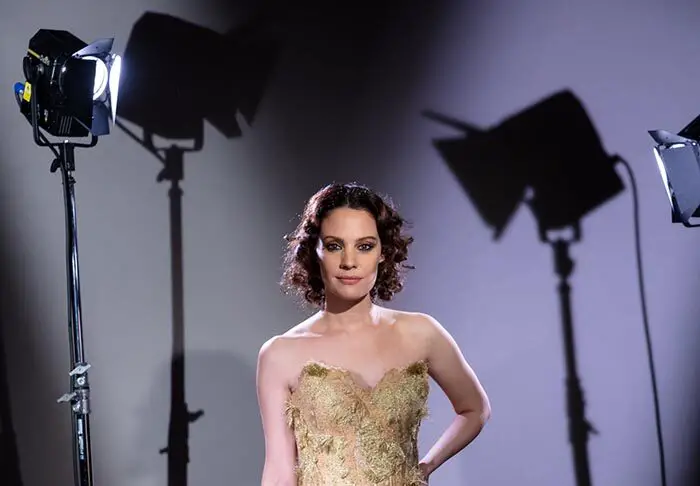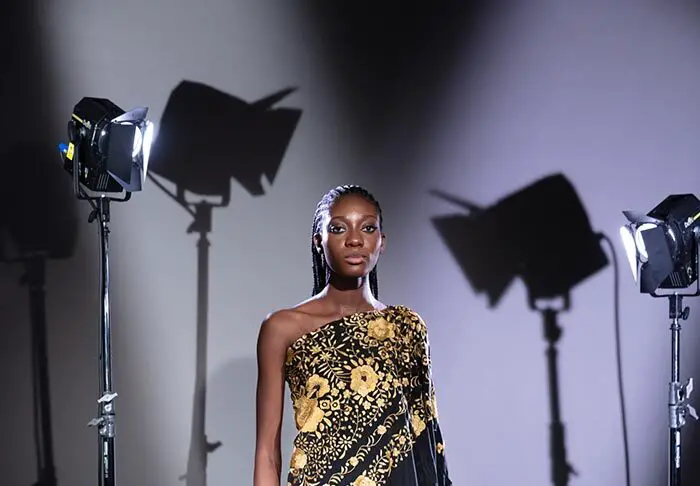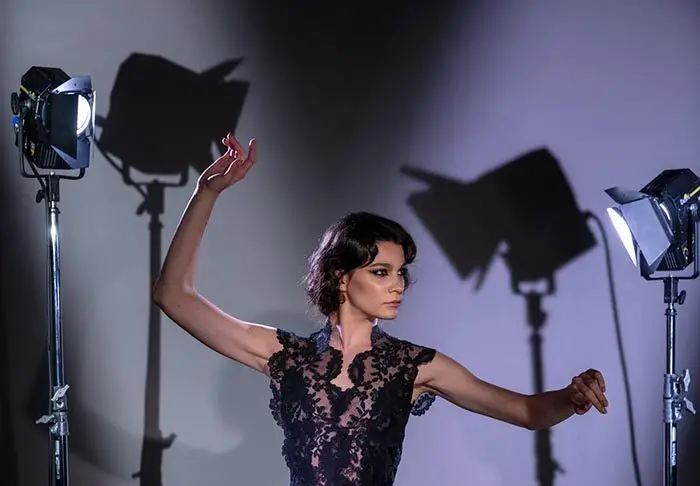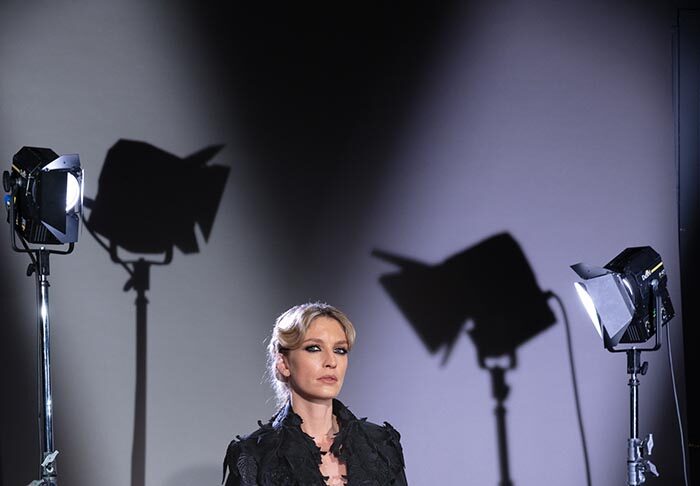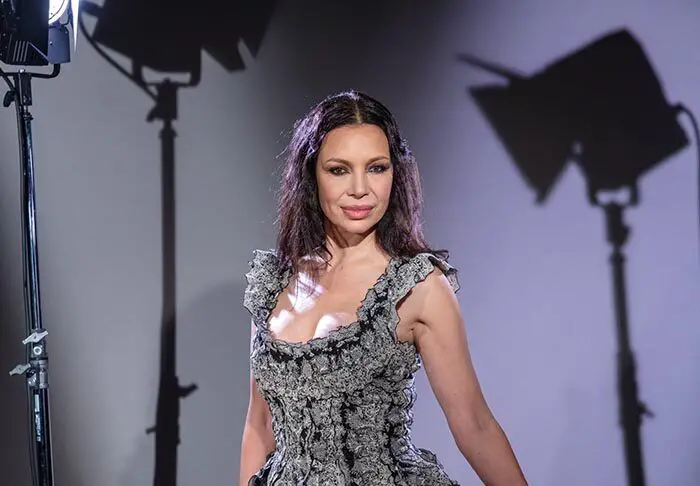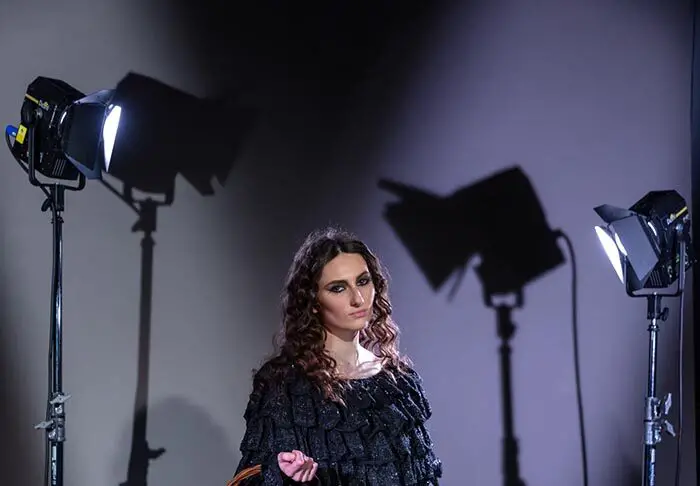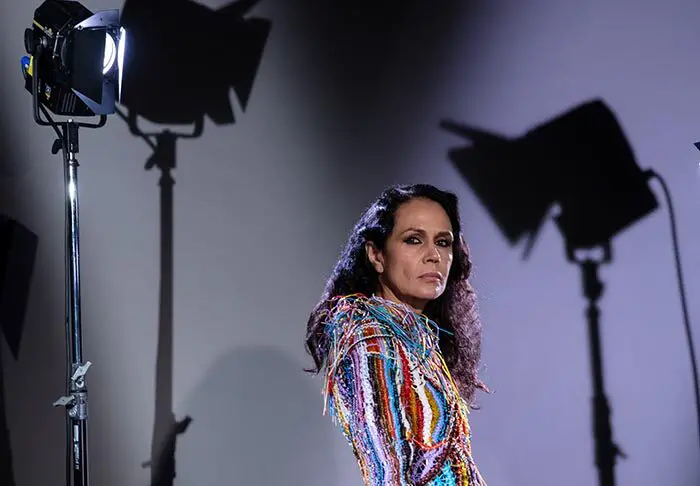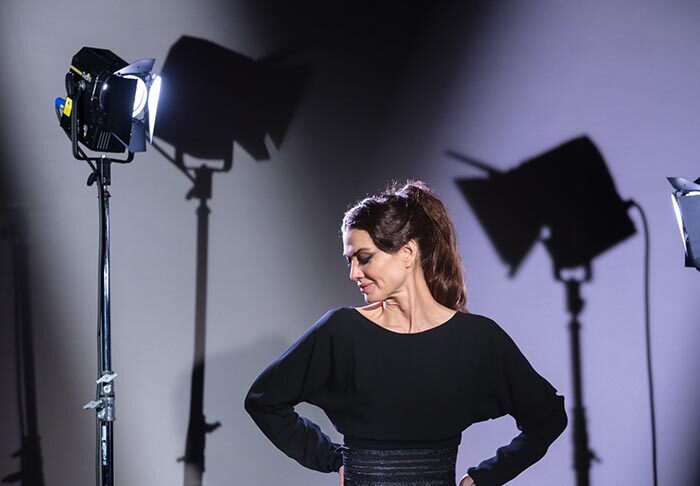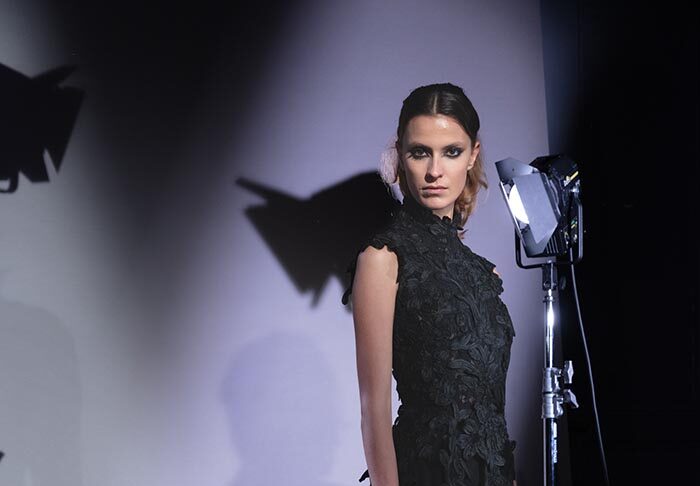Since the dawn of time …
Women healers already existed in the prehistoric era, Jean M. Auel, American novelist, made them her battle horse and her success. She has written a detailed series of works.
A work fueled by in-depth research, courses that she took at university, not to mention the visits she made to European prehistoric excavation sites.
A woman healer is a person generally without a medical diploma, who heals, outside of the scientific practice of medicine, by empirical or magical means, by virtue of supposed particular gifts or with the help of personal recipes.
In the Middle Ages, in Europe, there were no defined boundaries between doctors, healers and witches.
Franck Sorbier
Photos ©FranckSorbier/LaurentStephaneMontfort_189photography
In the Western world, women healers, heirs of ancestral practices, can be magnetizers, dowsers, bonesetters, exorcists… In the traditional societies of Asia, Africa, America, Oceania, considered witches or psychics, women healers are usually shamans, in the Philippines and Brazil they are sometimes called psychic surgeons.
In Switzerland, there are different categories, firebreakers, secret makers, depending on health problems.
There are also healing priests in the Catholic religion.
In the 19th century, in France, the law of 19 Ventôse year XI (March 10, 1803) established the notion of illegal practice of medicine, placing women healers as illegal competitors of doctors.
In the Basque country, the country of my maternal ancestors, women healers are called “Sorgina” (pronounced “chorguigna”).
In the etymological sense, it is probable that this word derives from sor + gin which means creator.
The story of these women remains engraved in the collective memory because of the persecutions of the Catholic Inquisition in the 17th century.
The rituals of the “Sorgina” taking place in moonlight, in most often isolated places, inspired Goya to create a painting entitled “Aquelarre”: a canvas representing a gathering of sorgina around the Horned God, Akerbeltz.
These women healers know the virtues of plants, leaves, roots, flowers and tubers. They communicate with birds, wolves and all wild creatures. The behavior of bees delivers messages and prophecies to them.
They live in osmosis with the elements and transmit their gifts and their universal knowledge.
Over the centuries, there have been famous healers.
In France, Auguste-Henri Jacob known as Zouave Jacob (1828-1913), Nizier Anthelme Philippe known as Maître Philippe (1849-1905), Louis-Joseph Antoine known as Antoine the Healer (1846-1912).
In the United States of America, Mary Baker Eddy, founder of Christian Science. In Russia, the no less famous, Grigori Rasputin.
Or, the Romani woman healer of the King of Scotland, Renaissance healer, at the court of King James V.
Today the existence of women healers is more relevant than ever. Naturopathy, an age-old science, once again plays a vital role. Meditation, like certain philosophies, are witnesses to the resurrection of these healing practices of yesteryear.
A recent book entitled “Healing through the invisible” (investigation into today’s healers by Olivier Schmitz) confirms this underlying phenomenon.
This return to the source augurs a new essence of couture: a humanist couture that does good.
##
Learn More
@francksorbier
Paris Fashion Week
Paris Fashion Week schedule
With love,
FWO



